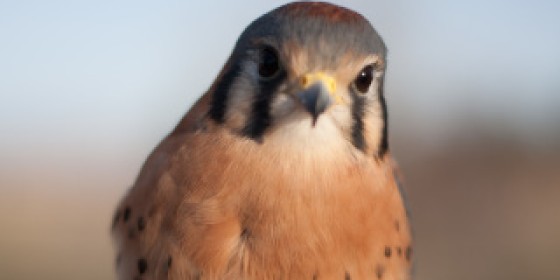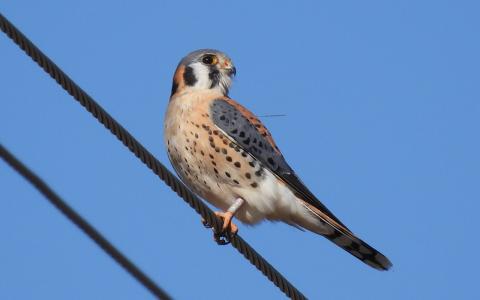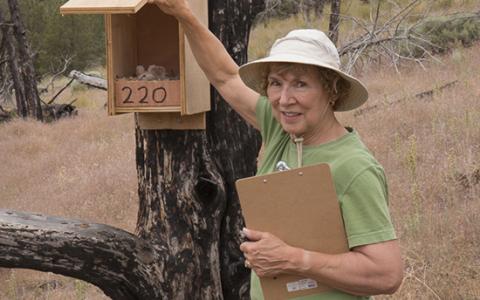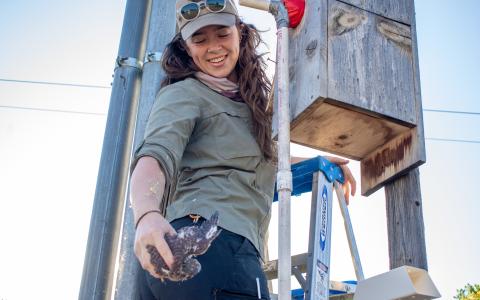American Kestrels are North America’s most plentiful falcon, hovering over agricultural fields, pastures, rural roadsides, and even suburban backyards and city skylines to hunt insects, rodents, and other small prey. This small falcon is familiar even to casual observers, but a look at population numbers reveals a perplexing mystery: continent-wide, American Kestrels have declined by nearly half since the 1960s. Recent research seems to indicate that rather than there being one singular cause of this decline, it is likely there are multiple causes, but even after decades of research, exactly what these causes are remains elusive. Kestrels in one part of North America may be reacting to threats differently than those in other parts of the continent, or facing different threats entirely. The Peregrine Fund is partnering with researchers range-wide to accomplish one singular goal: identify the causes of kestrel decline now and keep this common species common.

Paul Spurling
Our Impacts

Carlos Suárez









